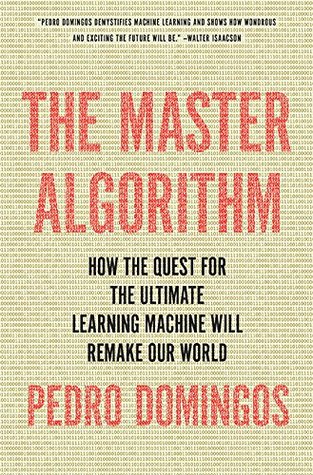The crucial question for inference is whether you can make the filled-in graph “look like a tree” without the trunk getting too thick. If the megavariable in the trunk has too many possible values, the tree grows out of control until it covers the whole planet, like the baobabs in The Little Prince. In the tree of life, each species is a branch, but inside each branch is a graph, with each creature having two parents, four grandparents, some number of offspring, and so on. The “thickness” of a branch is the size of the species’ population. When the branches are too thick, our only choice is to
...more
This highlight has been truncated due to consecutive passage length restrictions.


